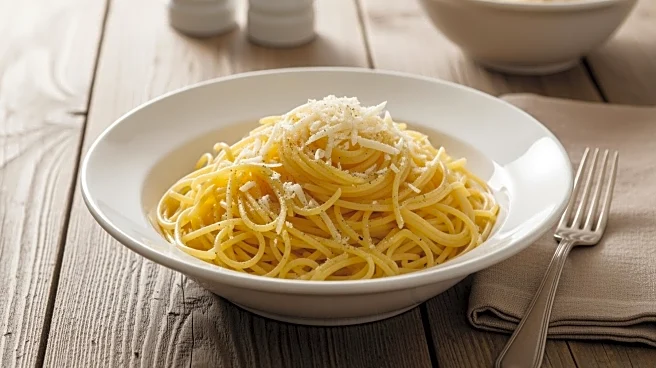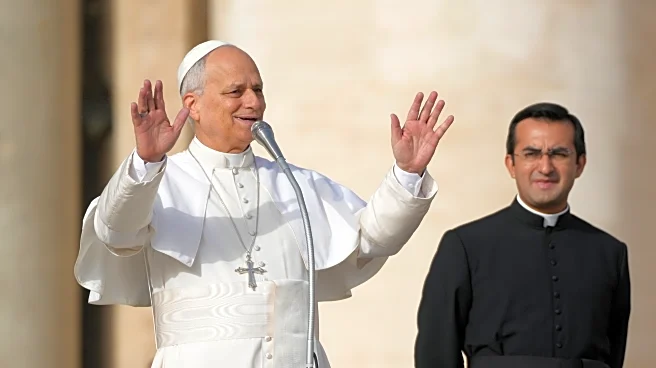Carbonara is a pasta dish made with fatty cured pork, hard cheese, eggs, salt, and black pepper. It is typical of the Lazio region of Italy. The dish took its modern form and name in the middle of the 20th
century. The cheese used is usually pecorino romano. Some variations use Parmesan, Grana Padano, or a combination of cheeses. Spaghetti is the most common pasta, but bucatini or rigatoni are also used. While guanciale, a cured pork jowl, is traditional, some variations use pancetta, and lardons of smoked bacon are a common substitute outside Italy.
What the Word Meant
The name carbonara first appears in print in 1950, when the Italian newspaper La Stampa described it as a Roman dish sought out by American officers after the Allied liberation of Rome in 1944. There are many theories for the origin of the name carbonara, which is probably more recent than the dish itself. Since the name is derived from carbonaro, some people believe the dish was first made as a hearty meal for Italian charcoal workers. In parts of the United States, this etymology gave rise to the term coal miner's spaghetti.
Before It Was “Carbonara”
As with many recipes, the origins of the dish and its name are obscure; most sources trace its origin to the region of Lazio. The names pasta alla carbonara and spaghetti alla carbonara are unrecorded before the Second World War; notably, it is absent from Ada Boni's 1930 La cucina romana. The 1931 edition of the Guide of Italy of the TCI describes a pasta dish from Cascia and Monteleone di Spoleto, in Umbria, whose sauce contains whipped eggs, sausage, and pork fat and lean, which could be considered as a precursor of carbonara, although it does not contain any cheese.
Where It Coalesced
A review of the history of carbonara's appearance in cookbooks and other forms of media supports a post-World War II origin of this dish after the Allied liberation of Rome in 1944. This is the opinion of food writer Alan Davidson, food blogger and historian Luca Cesari, and historian Eleonora Cozzella. Multiple sources support that Allied personnel enjoyed the dish and played a role in its genesis by providing abundant ingredients such as bacon and cheese. According to one particular narrative, a young Italian Army cook named Renato Gualandi created the dish in 1944, with other Italian cooks, as part of a dinner for the U.S. Army.
Ingredients That Changed Everything
Guanciale is the most commonly used meat for the dish in Italy, but pancetta and pancetta affumicata ('smoked pancetta') are also used and, in English-speaking countries, bacon is often used as a substitute. The usual cheese is pecorino romano; occasionally Parmesan, Grana Padano, or a combination of hard cheeses are used. Recipes differ as to which part of the egg is used—some use the whole egg, some others only the yolk, and still others a mixture. The amount of eggs used also vary, but the intended result is a creamy sauce from mild heating. For vegetarians or those observing Jewish kosher laws, there are also recipes that utilize mushrooms and vegetables instead of meat.














